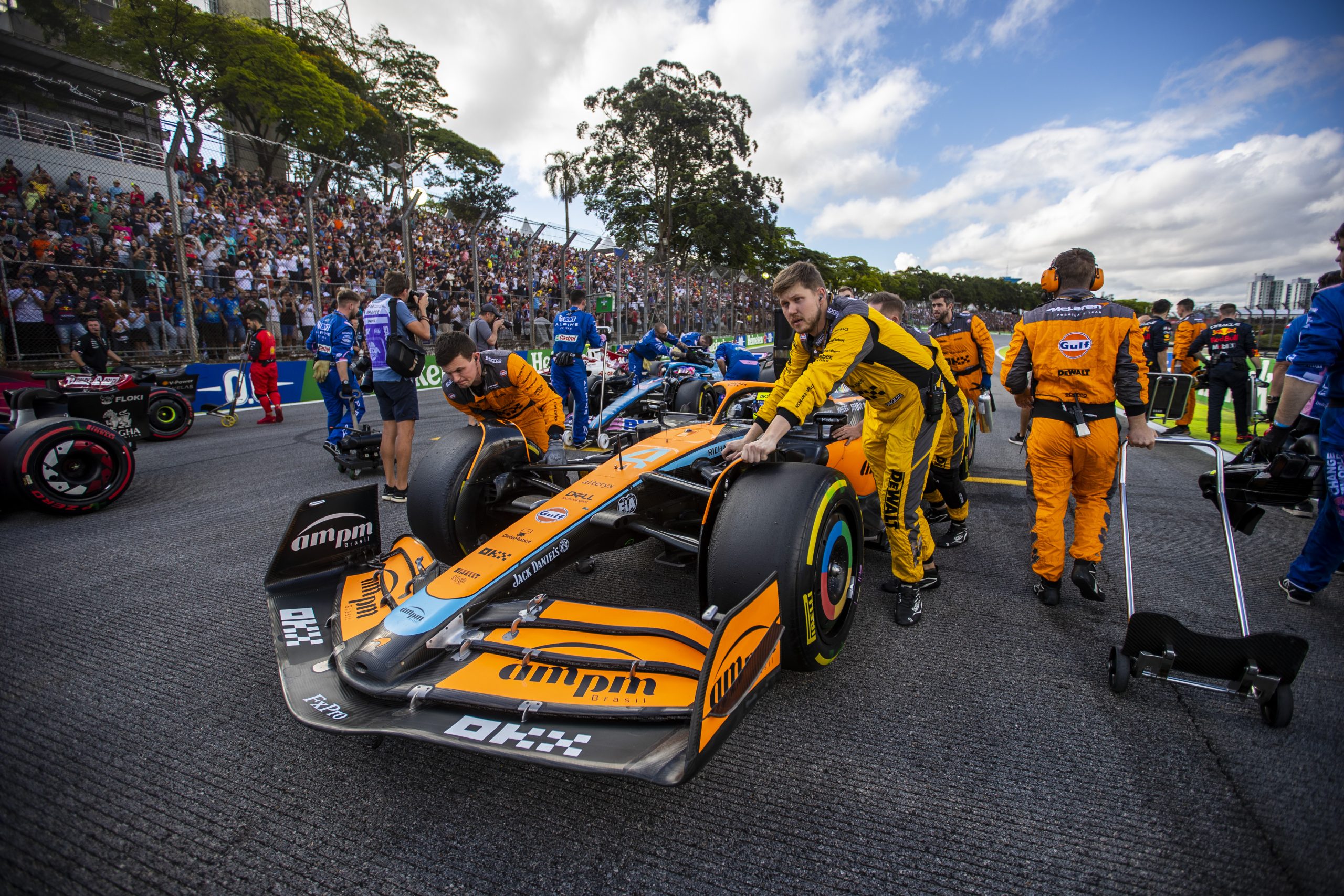Formula 1 has never been afraid of expanding the calendar, but have they gone too far & are there ways for it to be fixed?
There is always plenty to be excited about, however, in recent years there has also been a growing sentiment among fans that the limit has been reached. Here are five problems with the 2023 Formula 1 calendar.
1. Too many races.
Long gone are the years when a Formula 1 season consisted of “just” 16 races. The provisional calendar for 2023 contained 24 races, but the Chinese Grand Prix has been canceled for the fourth season in a row. Nonetheless, squeezing 23 races into 36 weeks is a tough task for a global series. The season consists of six back-to-back weekends and two triple headers. Certainly, for mechanics and team staff, these weeks are tough. Some Formula 1 teams have already created different squads of mechanics who rotate weekends to stay healthy during these grueling periods of the season. With all the TV contracts, venue contracts, and other commercial agreements, it is impossible to put the genie back in the bottle.
2. Inefficient order
Accepting that the number of races won’t go down, but more likely will only go up. There is a way to schedule 24 races in an order that is more beneficial for all traveling staff. It makes no sense to have the Azerbaijan Grand Prix and the Miami Grand Prix back to back. Formula 1 has been making great strides in making the sport carbon-neutral, yet this is perhaps the biggest problem with the current calendar. There are more instances across the season where the distance between locations is huge.
While some of these Grand Prix have contractual agreements to run in certain slots, there is still a lot Formula 1 could do to improve this situation. Grouping certain races together like a “road trip” could also create marketing opportunities. Perhaps they learn from artists, who go on tours across different continents for a few weeks at a time. This would make for more logical back-to-backs and the possibility for a longer break between moves to a different region.
3. Odd venue choices for F1 Sprint Races
F1 Sprints have been hit or miss since their introduction in 2021. One of the major factors are the tracks chosen for these sprints. In 2023 the Sprint weekends will be held in Azerbaijan, Austria, Belgium, Qatar, the USA (CotA), and Brazil. It would make more sense to host F1 Sprints on tracks known for better racing, like Canada, Circuit Gilles Villeneuve, and Italy, Monza, instead of Belgium and Azerbaijan. Belgium, Spa-Francorchamps is a legendary track, but maybe not ideal for F1 Sprint racing.
4. No German Grand Prix
Given the history of Germany in Formula 1 it’s shocking a German Grand Prix has been so difficult to sustain. The grand history of Mercedes dates back to the start of Formula 1 in 1950. German has several World Champions, Sebastian Vettel, Nico Rosberg, and last but not least, the man who dominated Formula 1 and who revolutionized how to build up a Formula 1 team, Michael Schumacher.
Formula 1 in Germany used to be a staple on the calendar. The tracks are certainly not the problem. The feared Nürburgring in the 70s, where Niki Lauda had his infamous fireball accident. The iconic forest at the Hockenheimring, where Nelson Piquet punched a backmarker. Just a few examples of many iconic Formula 1 moments that happened on German soil. Technically the last German GP was held in 2020, the Eifel Grand Prix, during the pandemic season. Bringing back a permanent German Grand Prix should be a priority for Liberty Media.
5. Too many street circuits
Looking at the 2023 Formula 1 calendar, one thing particularly stands out. There are eight street circuits on the current schedule. That amounts to a third of the season. Non-permanent racetracks have a place on the calendar, but “traditional” venues are getting lost over time. Many Formula 1 fans feel the current strategy is heading in the wrong direction.
There is no doubt that street courses always provide a challenge to drivers. Navigating these incredible machines through tight and twisty sections is a sight to behold, but one could argue, with such a large portion of the season being street tracks the grandeur and the novelty of these events will wear out. Not all street circuits are the same. There is a vast difference between Saudi Arabia, Miami, Monaco, Canada, and Las Vegas, however, history has often shown that these tracks don’t provide the best racing action.
Formula 1 has an incredibly complex task of making calendars. There are so many factors at play when making these multi-million dollar deals with promotors. These five problems with the 2023 Formula 1 calendar can be addressed, if Liberty Media wanted to.






